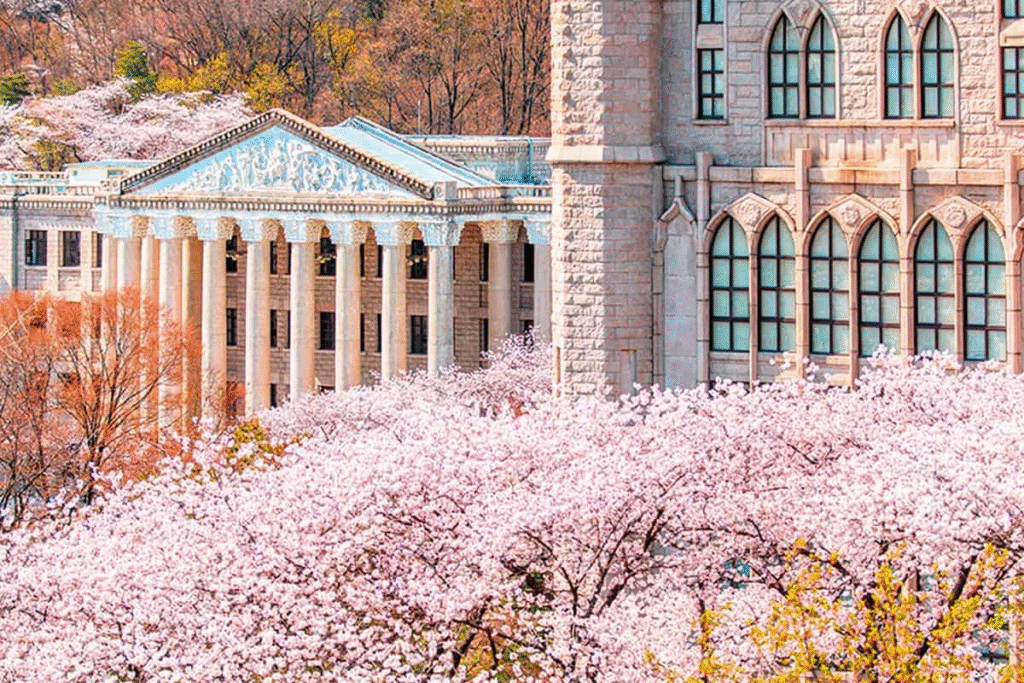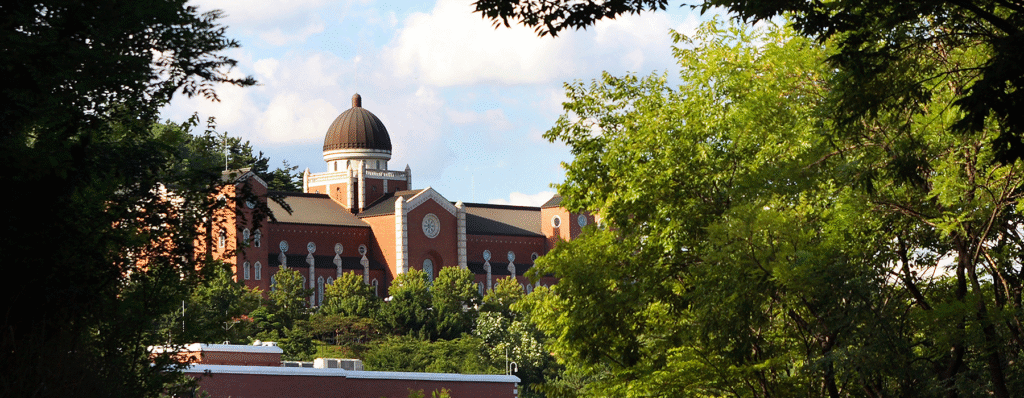On November 13, 2025, Korea will hold one of its most important national events — the College Scholastic Ability Test, better known as “Suneung (수능)” in Korea.
It’s not just an exam day; it’s a nationwide event that brings the entire country to a gentle pause. From working hours to flight schedules, everything is adjusted to help students who have spent years preparing for this one day. Here are three fascinating facts about how Korea changes on Suneung day.
1. Later work hours to clear the roads
On Suneung morning, many government offices and companies delay their opening hours to 10 a.m..
This nationwide adjustment helps reduce traffic congestion so that test-takers can reach their exam centers smoothly. Because of this, public transportation in the morning is unusually calm, with subways and buses running more freely than usual. The whole morning feels quieter — almost as if the entire city is wishing students good luck.
2. Police escort services for late students
If a student oversleeps or gets stuck in traffic, it’s not the end of the world — the police are ready to help.
Every year, police officers offer emergency escort services, using patrol cars or motorcycles to quickly get late students to their test centers. It’s one of those uniquely Korean moments when everyone — even law enforcement — works together to make sure no one misses the biggest exam of their life.

3. Even airplanes stop flying during the English listening test (Nov. 13, 2025)
During the English listening section, which takes place from 1:05 p.m. to 1:40 p.m. this year, absolute silence is required across the country.
To make this possible, the Ministry of Land, Infrastructure and Transport will suspend all domestic takeoffs and landings nationwide for 35 minutes. On November 13, 2025, around 140 flights will be rescheduled to prevent any noise interference. It’s a remarkable example of how seriously the nation treats the exam — even the skies go quiet for the students’ dream.
A small gesture that goes a long way
If you have a Korean friend taking the exam — or know someone whose sibling or child is — take a moment to send them a word of encouragement.
A simple “Good luck!” or a small chocolate gift can bring a smile to someone who’s been studying for years for this moment.
On Suneung day, the entire country moves a little slower, speaks a little softer, and cheers — quietly but wholeheartedly — for its students.






